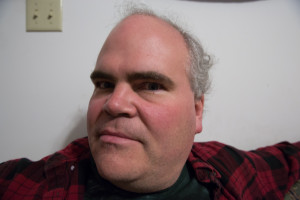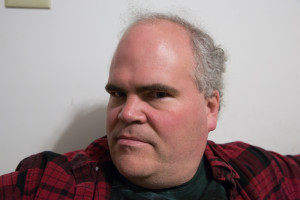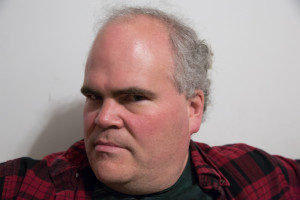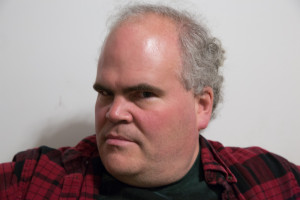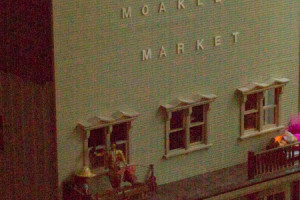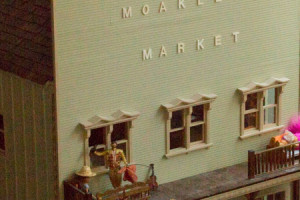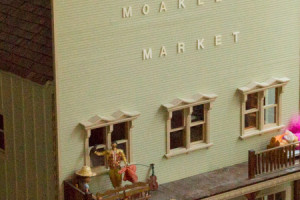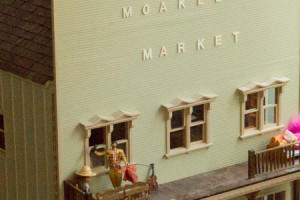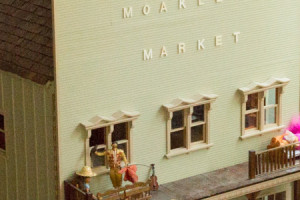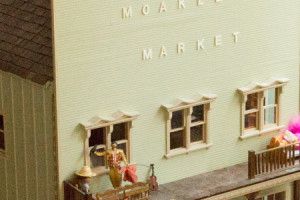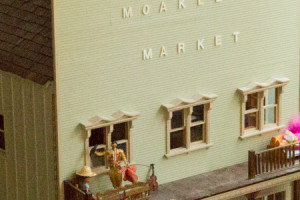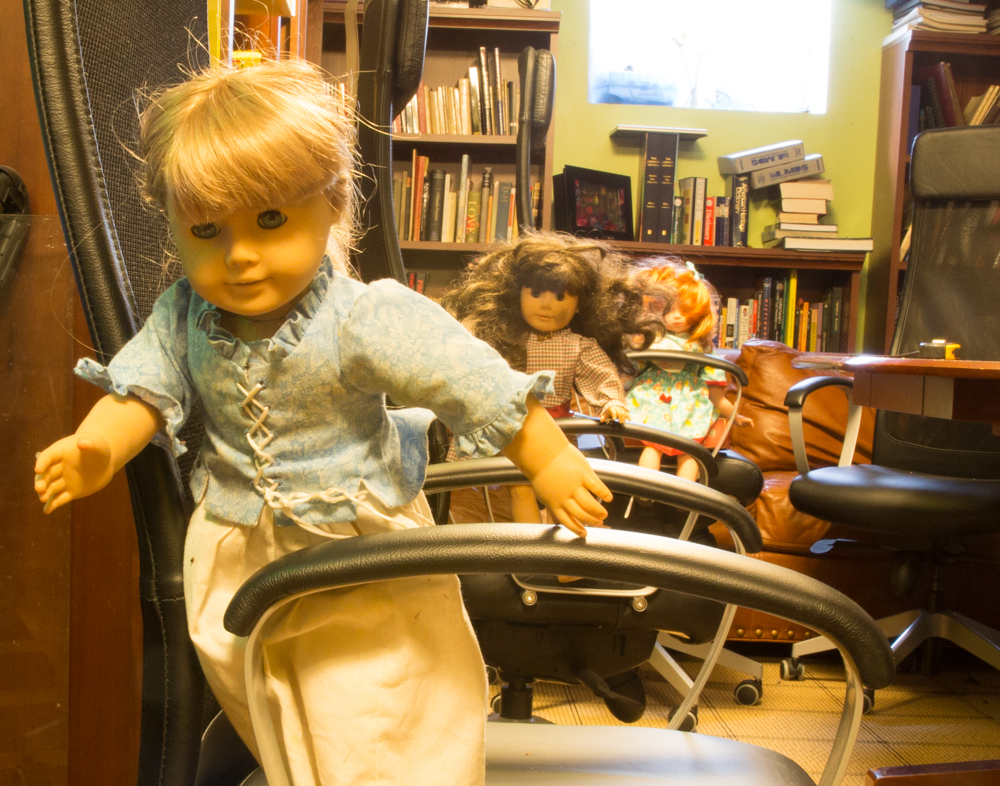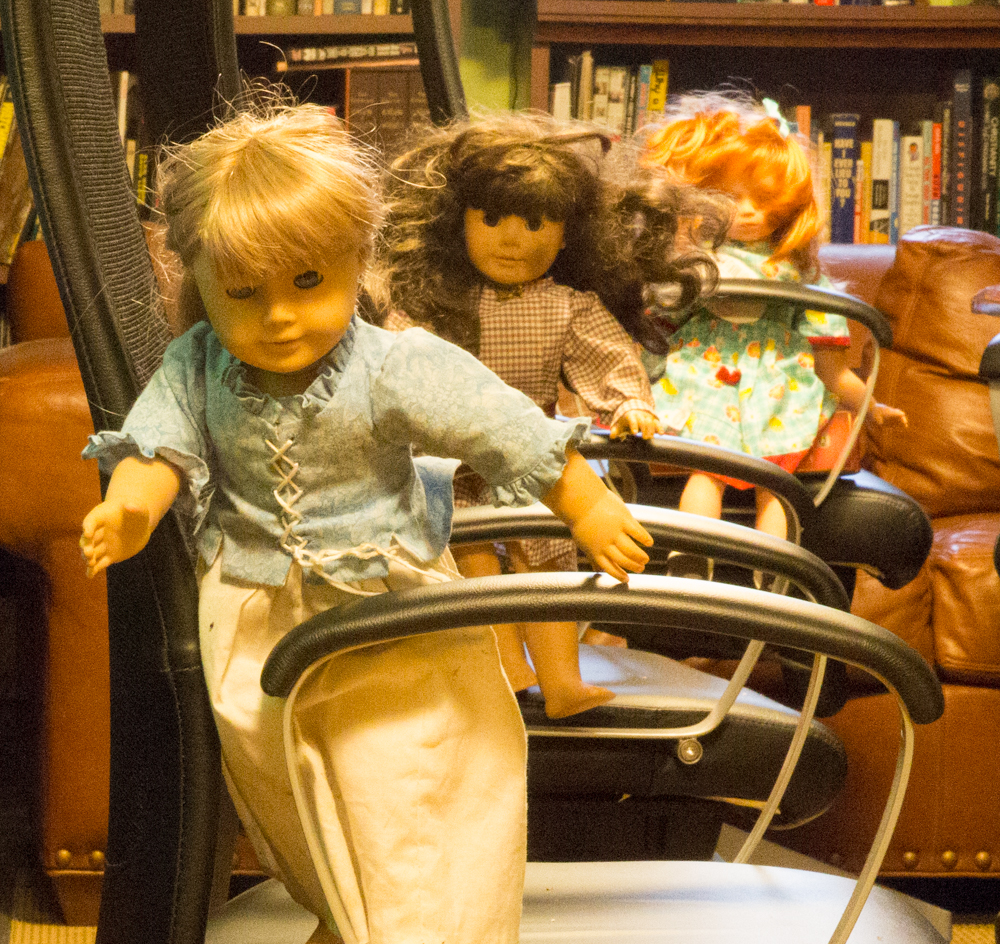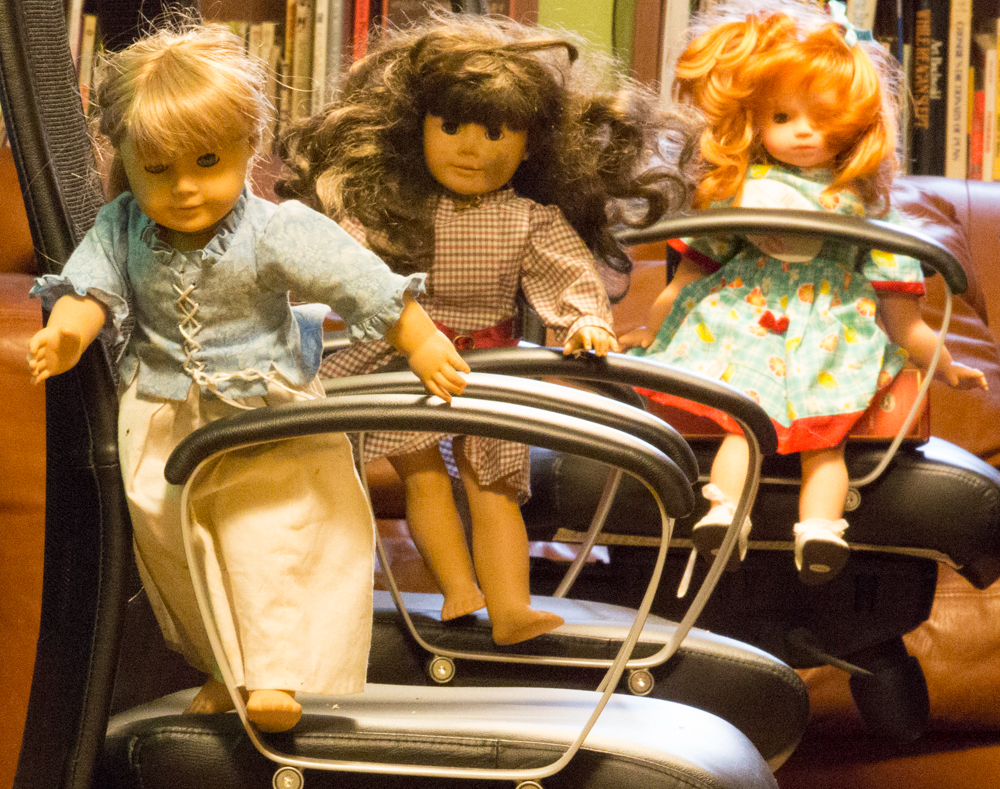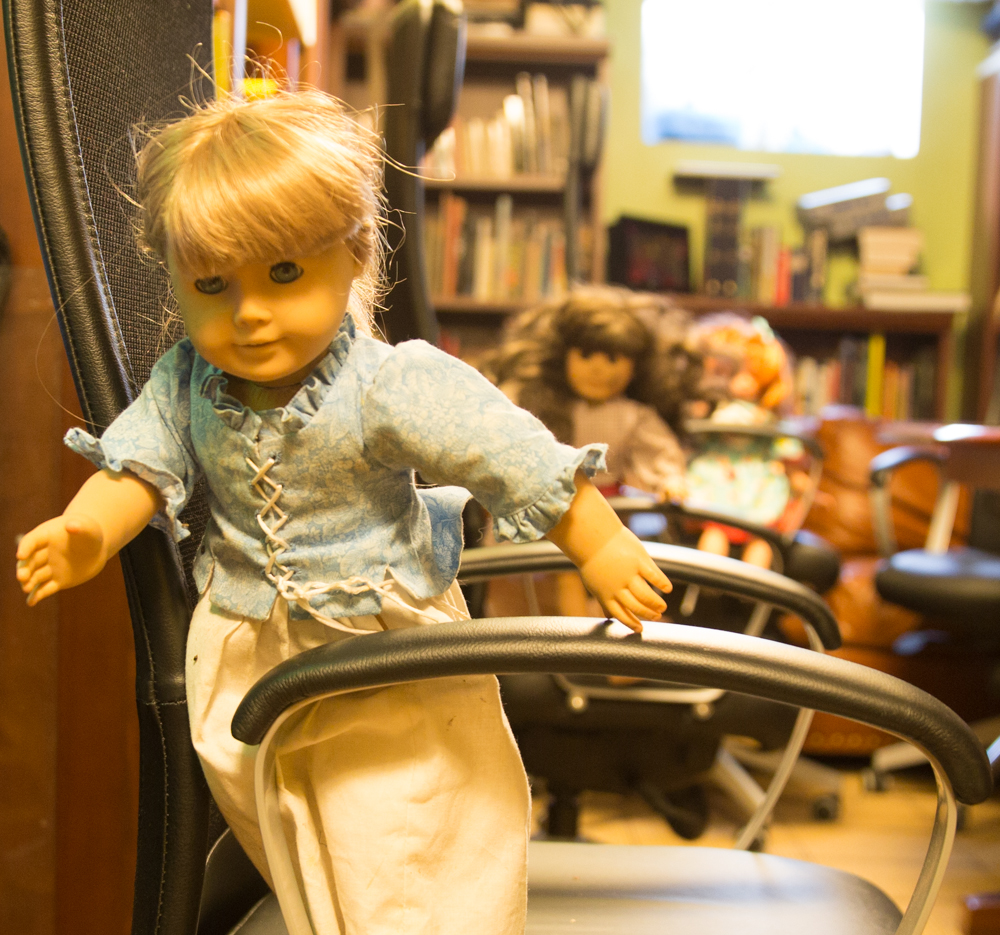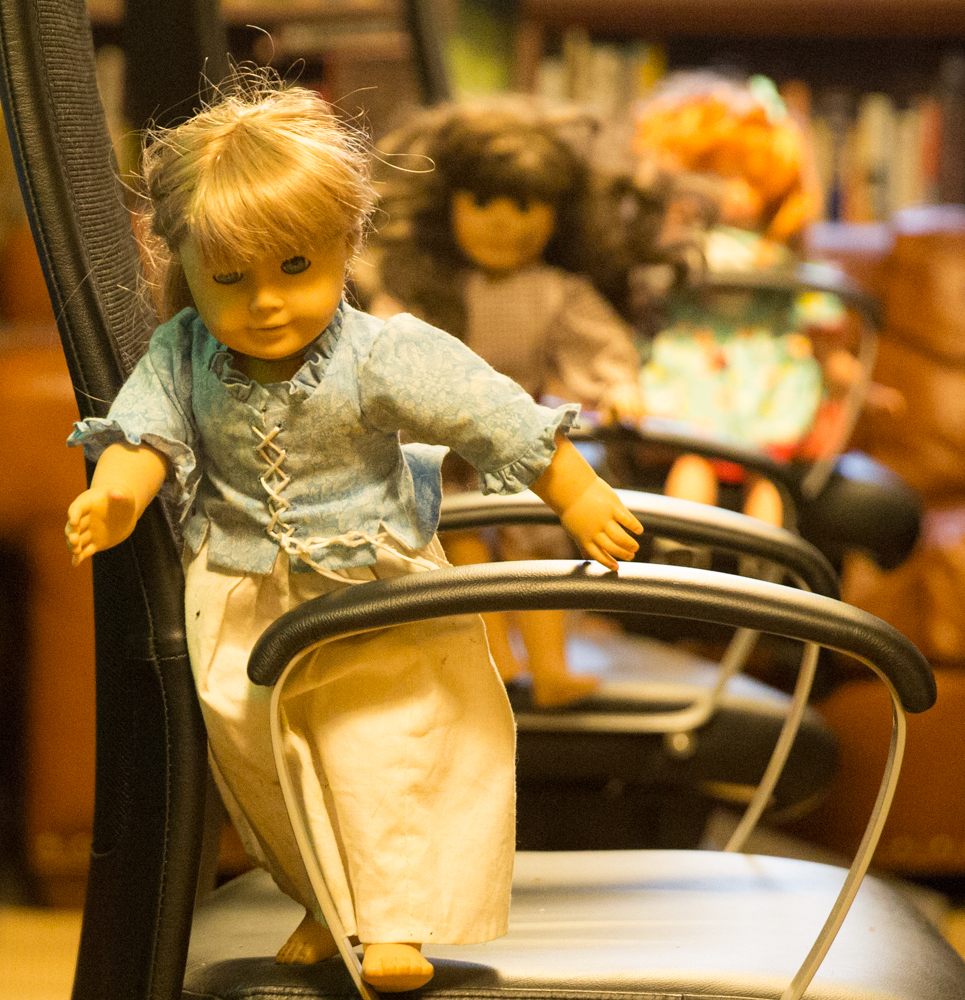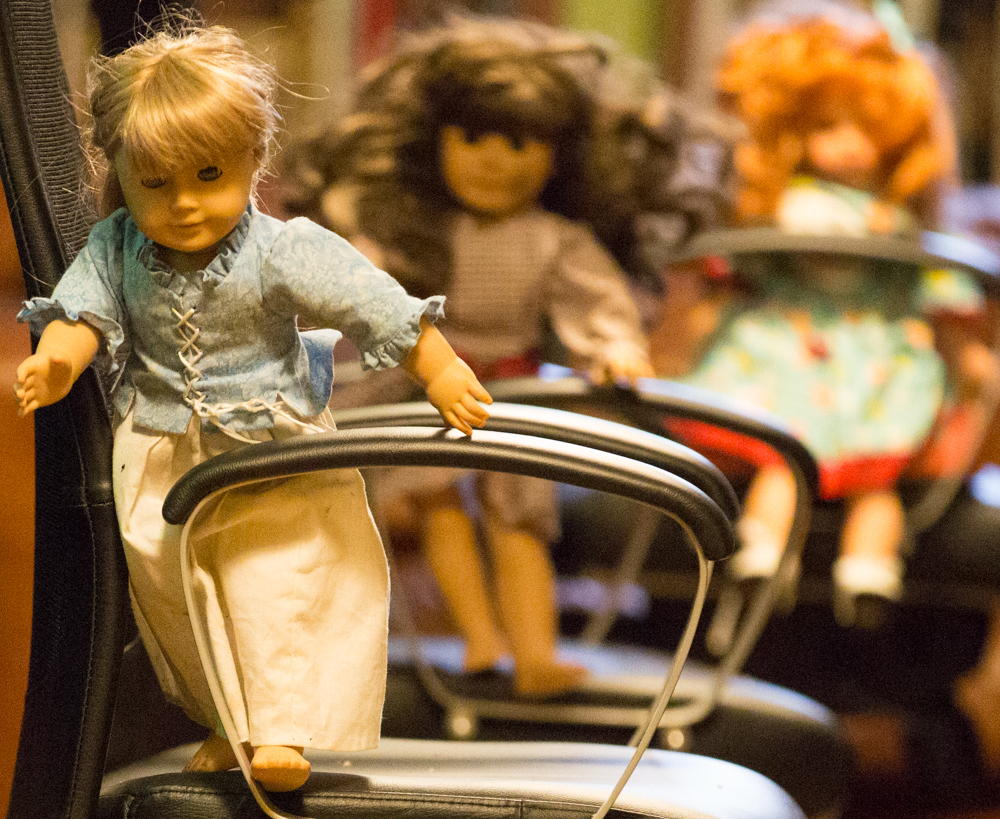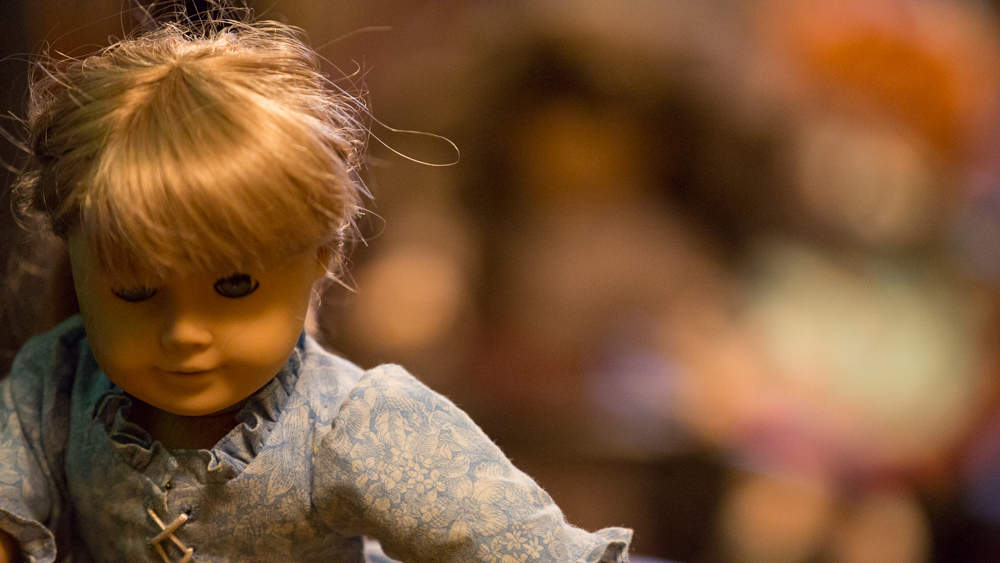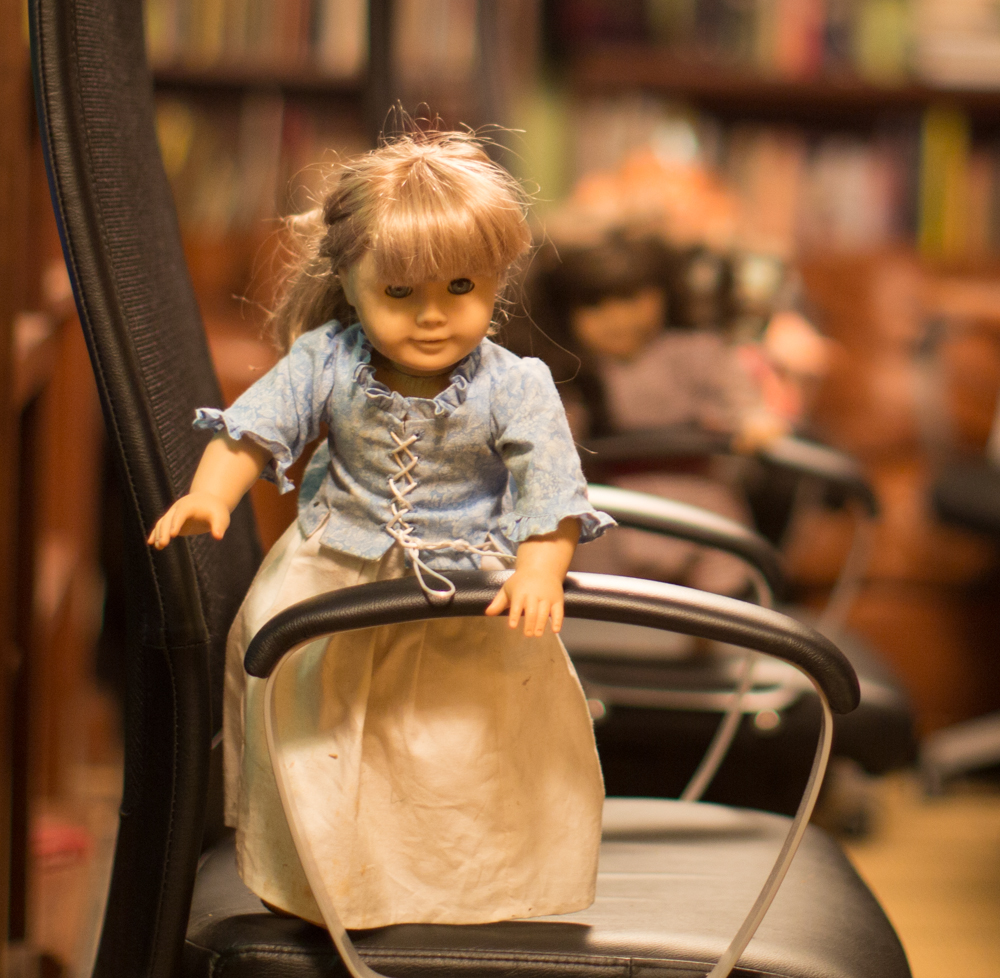Sheesh, it’s been almost a year since I’ve updated the reading list. Â Let’s see what I can do…
Ebooks on iPad:
-Â The Signal and the Noise by Nate Silver. Â If you paid much attention to the election, you’ve heard of Silver. Â This is an interesting book about making predictions based on statistics. Â Good stuff.
- Snow Crash and The Diamond Age by Neal Stephenson.  I love Stephenson’s work.  I had read Snow Crash before, one of the great cyberpunk novels.  This was my first time reading The Diamond Age, which is all about nano-technology.  Both good reading.
-Â The Big Short by Michael Lewis. Â A non-fiction that covers a bunch of guys who managed to make fortunes from predicting the collapse of the subprime mortgage market. Â Also a rather scary window into the world of high finance.
- The World Until Yesterday by Jared Diamond.  Diamond, author of Guns, Germs, and Steel, is one of my favorite non-fiction authors.  This one covers the way traditional peoples live (traditional meaning that they live in societies that have not yet reached the level of a fully organized nation-state), what we can learn from them, and how our societies have evolved since that phase.  Interesting stuff, but I enjoyed his other books more.
-Â Captain Vorpatril’s Alliance by Lois McMaster Bujold. Â One of my favorite fiction authors. Â This one is the latest in her Vokosigan series. Â A fun book, but not as good as others in the series.
-Â The Eyre Affair by Jasper Fforde. Â A fun little literary mystery with fantasy elements, set in a world where reality and novels overlap in interesting ways.
- The Commitment and American Savage by Dan Savage.  Savage is one of my guilty pleasures.  He started as a sex advice columnist, and still has that gig, but also writes on a number of political topics, most of which are related to sex in one way or another.  The Commitment is about gay marriage (Savage is gay and, now, married), American Savage a collection of essays on various topics.  Savage is an entertaining author, but there’s certainly strong sexual content in both of these.
-Â John Quincy Adams by Harlow Giles Unger. Â An excellent biography of one of the giants of early America. Â Also, this is far different from any other biography of a former president that I’ve read. Â Most such bios spend most of their words on the presidency (except for those where the president has been a general in one of our wars: in those cases, the wartime may take up most of the book). Â In this one, by contrast, Adams’s presidency is dealt with in one short chapter, and instead the book focuses on the wide variety of other things that Adams did for us, from when he became a US diplomat at the age of 14 until his death, which took place in the Capitol. Â This was a lifetime of service indeed. Â A fascinating figure, and a great book.
-Â NOS4A2 by Joe Hill. Â I actually like Hill’s books better than that of his famous father, Stephen King. Â I enjoyed this one, which was horror with some fantasy elements. Â A big book, but a fun read.
On paper:
-Â Light, Science, and Magic by Fil Hunter, Steven Biver, and Paul Fuqua. Â I actually read a lot of books that don’t make it here, books that I read to learn more about the various hobbies and passions that I’ve picked up over the years. Â In the last two years, that’s been related to photography, movie-making, and various programming tasks. Â As I said, I won’t go into those in details, but this one really stands out. Â For my way of learning (I prefer to go from theory to practice), this has been the best book on photography I’ve ever read. Â It explains how light behaves, then goes from that to detailed discussions of how to light and photograph different types of subjects. Â Absolutely terrific, and strongly recommended if you want to get serious about photography.
Audiobooks
-Â Agent Zigzag by Ben MacIntyre. Â The true story of a master thief who became one of the most effective British spies during WWII. Â Very interesting stuff.
-Â Alas Babylon by Pat Frank. Â A classic post-nuclear-war story, written in 1960. Â The racial attitudes are a bit dated (not terribly so – Frank was based on this a liberal on racial matters, but a 1960 liberal on race is still backwards by today’s standards), but otherwise a good read.
– Bel Canto by Ann Pratchett. Â A group of Latin American revolutionaries capture the audience at an opera recital. Â Fascinating character interactions ensue. Â A terrific book, and one that is not well-served by this brief description.
-Â Catch 22 by Joseph Heller. Â One of my favorite books ever. Â I’ve read it before, never listened to the audio book. Â If you haven’t read it, do so: it’s both hilarious and heart-breakingly tragic. Â The audiobook was well worth the time too.
– The Devil in the White City by Erik Larson.  All about the great Columbian Exposition, held in Chicago in 1893, and a serial killer who ran a death-hotel nearby.  Wonderful stuff about the brilliant minds who built the exposition and the monster who killed many young women who came to Chicago at the time.
-Â State of Wonder by Ann Pratchett. Â A great take on Heart of Darkness has a doctor from a drug company going into the jungle to find a researcher who is not reporting back.
-Â Elmer Gantry by Sinclair Lewis. Â A maddening story about a religious huckster. Â American classic, and worth the time.
-Â The Windup Girl by Paolo Bacigalupi. Â Science fiction set in a post-global-warming world where the icecaps are melted and biotech rules the day. Â Quite enjoyable.
Phew. Â Gotta keep up with these better.

